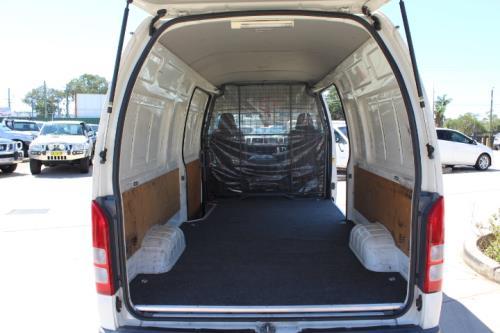Just wondering what people's thoughts are on insulating a van with walls which have a curved and/or an uneven surface? I am looking to buy a van to live out of for periods of the year and heard that polyiso is the best product to use for insulation. Having good insulation is a big priority as I'd like the van to be as warm and draught-free as possible during winter. I've been looking at a Toyota Hiace SLWB because of the space it offers and it's driveability but I'm concerned that it might be difficult to insulate well with polyiso. Would I better off looking for a van that's more square?
Below is a picture of the Toyota Hiace SLWB.

As you can see the walls and ceiling are slightly curved and the ribs of the van (if you can call them that) don't protrude out very far and come out at different lengths.
If I was to insulate it I'd try to even out the surface as much as possible with some thin sheets of polyiso and then insulate over it again. Would this work? Maybe put some cuts in the polyiso sheets to allow for the curves on the walls and ceiling.
Or would it be a better idea to go for a van that would be more straight forward to insulate?
Any ideas are greatly appreciated!
Thanks
Below is a picture of the Toyota Hiace SLWB.

As you can see the walls and ceiling are slightly curved and the ribs of the van (if you can call them that) don't protrude out very far and come out at different lengths.
If I was to insulate it I'd try to even out the surface as much as possible with some thin sheets of polyiso and then insulate over it again. Would this work? Maybe put some cuts in the polyiso sheets to allow for the curves on the walls and ceiling.
Or would it be a better idea to go for a van that would be more straight forward to insulate?
Any ideas are greatly appreciated!
Thanks







